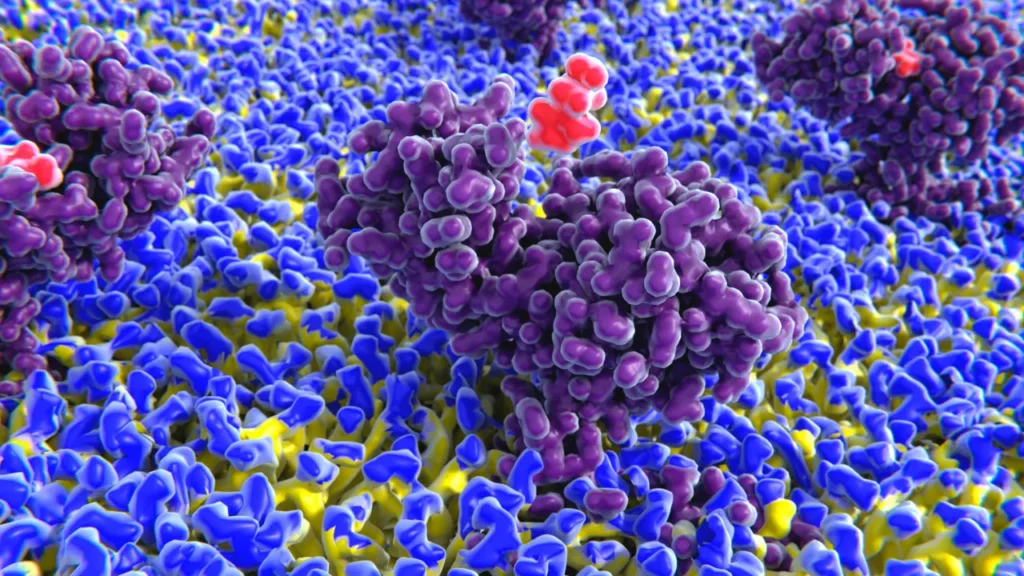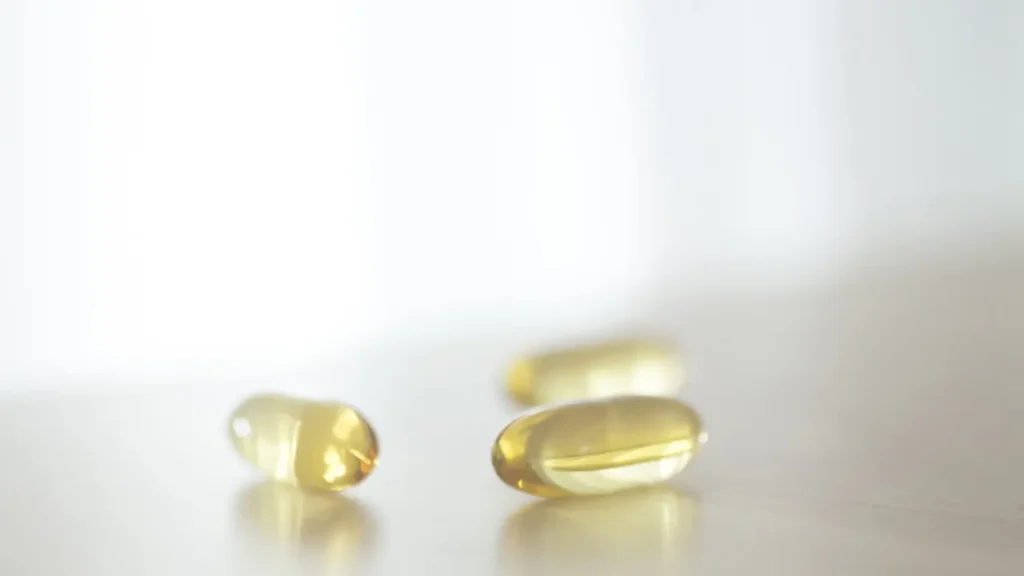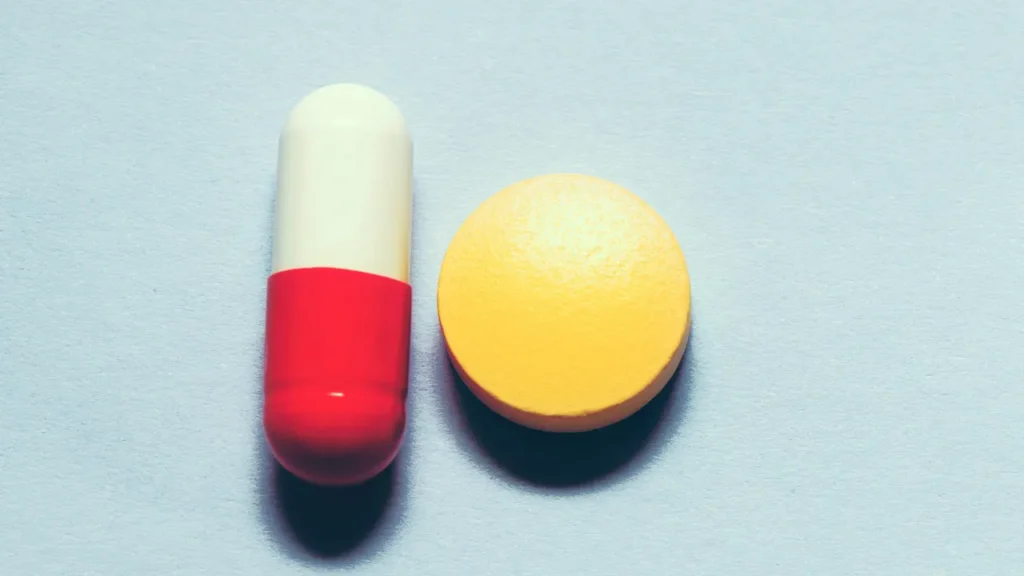Butternut is a type of walnut that is indigenous to the eastern United States. It is often referred to as white walnut or Juglans cinerea. Although the tree is widely known for its timber, indigenous cultures and traditional medicine have long recognized the therapeutic potential of its bark, leaves, and nutmeat. The purpose of this article is to examine the properties of butternut, as well as its advantages for health, recommended dose, possible side effects, possible drug interactions, and best practices for using it responsibly as a nutritional supplement. Additionally, we will explore the chemistry of butternut and the physiological processes by which it affects the body and the brain.
You May Also Like:
Buttercup: Benefits, Dosage, Side Effects, Drug Interactions, and Other Important Information
Butternut: Benefits, Dosage, Side Effects, Drug Interactions, and Other Important Information is an original (NootropicsPlanet) article.
Nature of Butternut
The Juglandaceae family includes butternut, technically known as Juglans cinerea. This deciduous tree, which is indigenous to eastern North America, can reach heights of up to 30 meters. The tree is identified by its complex leaves and light gray, heavily ridged bark. The fruit, which is more often referred to as a nut, is enclosed in a husk that, when it reaches maturity, rips apart to expose a nutritious, hard-shelled nut.
Health Benefits of Butternut
For starters, the antioxidant and anti-inflammatory properties in butternut are a result of the flavonoids and tannins it contains. These substances reduce oxidative stress and inflammation, two important elements in the etiology of chronic illnesses including heart disease, cancer, and neurological disorders, by neutralizing damaging free radicals in the body.
Effects that are Antimicrobial and Antiviral:
The bio-active substance in butternut known as juglone has strong antiviral and antibacterial properties. In order to stop microbial growth and replication, its main method of action includes rupturing the microbial cell membrane and blocking vital enzymes.
Nutrition:
The butternut nutmeat is a nutrient-rich meal that offers superior protein, good fats, dietary fiber, as well as numerous necessary vitamins and minerals. These vitamins and minerals contribute to heart health, cognitive function, immunological support, and other aspects of general health and wellbeing.

Chemistry of Butternut
Numerous bio-active substances, particularly flavonoids, tannins, juglone, and essential fatty acids, are included in butternut’s chemical makeup. The tannins and flavonoids in the bark and leaves are strong antioxidants with a variety of health advantages. In several investigations, the naphthoquinone molecule called juglone is shown to have antibacterial, antiviral, and anti-cancer effects. The nutmeat, however, is abundant in healthy fatty acids like omega-3 and omega-6 as well as vital minerals like protein, fiber, magnesium, and vitamin E.
Physiological Properties of Butternut
The physiological processes of butternut’s bio-active components are responsible for its health advantages.
- Antioxidant Mechanism: The flavonoids and tannins in butternut have antioxidant properties that help the body fight off dangerous free radicals. By doing this, you may lessen oxidative stress, a major factor in aging and many chronic illnesses.
- Anti-Inflammatory Mechanism: Flavonoids can reduce the expression of pro-inflammatory cytokines and enzymes such as cyclooxygenase-2 (COX-2) to reduce inflammation.
- Antimicrobial and Antiviral Mechanisms: Juglone, a naphthoquinone molecule, interferes with vital enzymes and damages microbial cell membranes, which prevents the development and multiplication of microorganisms.
- Nutritional Mechanism: Butternut’s nutmeat is loaded with vitamins, minerals, and necessary fatty acids. Omega-3 and Omega-6 fatty acids lower cholesterol and inflammation, which benefits heart health. Butternut supports total body function and maintenance thanks to its protein, fiber, and necessary vitamins and minerals.


Optimal Dosage of Butternut
Depending on the form and your intention of using it, different dosages of butternut can be recommended. For instance, butternut bark is sometimes made into a tea in traditional medicine, using 1-2 tablespoons of the bark to soak in a cup of boiling water. The nutmeat may be eaten straight up, and a handful (about 30g) is often suggested as a nutrient-rich snack. The best course of action is always to speak with your healthcare provider before beginning a new supplement regimen, however, since individual requirements might differ.
Side Effects of Butternut
Butternut is generally regarded as safe to eat. However, because of the high tannin content of the bark and leaves, excessive consumption may cause stomach issues. Constipation, vomiting, and nausea are possible symptoms. Juglone should only be used according to approved doses since it may be harmful at large quantities. Long-term usage without medical supervision should also be avoided.
Potential Substance Interactions with Butternut
Despite the paucity of thorough investigations on butternut interactions, certain drugs and some of its ingredients could interact with each other. For instance, the tannins in butternut may prevent the absorption of some elements, such as non-heme iron. Additionally, the effectiveness of antibiotic drugs may be impacted by juglone’s antibacterial properties. Therefore, before taking supplements containing butternut, if you are on medication, you should first speak with your healthcare professional.


Responsible Use of Butternut
While following dose guidelines, it’s important to remember the possible interactions associated with butternut, and contacting a healthcare provider is also part of using butternut responsibly. As the tree is presently designated as a vulnerable species in various locations owing to a fungal disease known as butternut canker, it is critical to get butternut from trustworthy sources to assure quality and sustainability. Like any other dietary supplement, the prudent use of butternut should be addressed with a thorough awareness of its possible advantages, drawbacks, and interactions. Here are some crucial things to remember:
- Dosage: When using butternut supplements, always follow the directions on the label. Unwanted side effects, such as gastrointestinal issues, might result from excessive intake.
- Consultation: Before beginning a butternut supplement program, speak with a medical expert, especially if you take any medications, have a medical condition, are pregnant, or are nursing a baby.
- Top-notch quality: Make sure the butternut supplement comes from a dependable source. Supplement quality may vary significantly, and lower-grade products can not provide the expected health advantages or might include undesirable ingredients.
- Sustainability: A fungus known as butternut canker has caused the butternut tree to be categorized as an endangered species in various areas. In order to preserve this priceless resource for future generations, appropriate sourcing techniques should be followed.
- Monitoring: Keep an eye out for any possible interactions and negative effects. Consult a doctor right away if you develop any side effects after beginning a butternut supplement.
Butternut:
Conclusion
In conclusion, to guarantee safe and effective usage of butternut supplements, it is important to strike a balance between recognizing their possible advantages and hazards and keeping lines of communication open with medical specialists. To fully take advantage of the health advantages that this natural supplement may provide, it is crucial to remain up to date on the most recent research on butternut.
Butternut has tremendous promise as a nutritional and therapeutic agent because of its wide variety of bioactive chemicals and minerals. To get the most out of this natural supplement, use it responsibly and be aware of any possible interactions and negative effects. To fully understand the variety of health advantages and the ideal doses and forms for intake, further study is required.


References:
- The Nutritional Value and Health Benefits of Butternut. Retrieved From: https://www.healthline.com/nutrition/butternut-squash
- Sustainability and Threats to Butternut Tree. Retrieved From: https://www.fs.fed.us/nrs/pubs/jrnl/2016/nrs_2016_kochenderfer_001.pdf
Important Note: The information contained in this article is for general informational purposes only, and should not be construed as health or medical advice, nor is it intended to diagnose, prevent, treat, or cure any disease or health condition. Before embarking on any diet, fitness regimen, or program of nutritional supplementation, it is advisable to consult your healthcare professional in order to determine its safety and probable efficacy in terms of your individual state of health.
Regarding Nutritional Supplements Or Other Non-Prescription Health Products: If any nutritional supplements or other non-prescription health products are mentioned in the foregoing article, any claims or statements made about them have not been evaluated by the U.S. Food and Drug Administration, and such nutritional supplements or other health products are not intended to diagnose, treat, cure, or prevent any disease.
